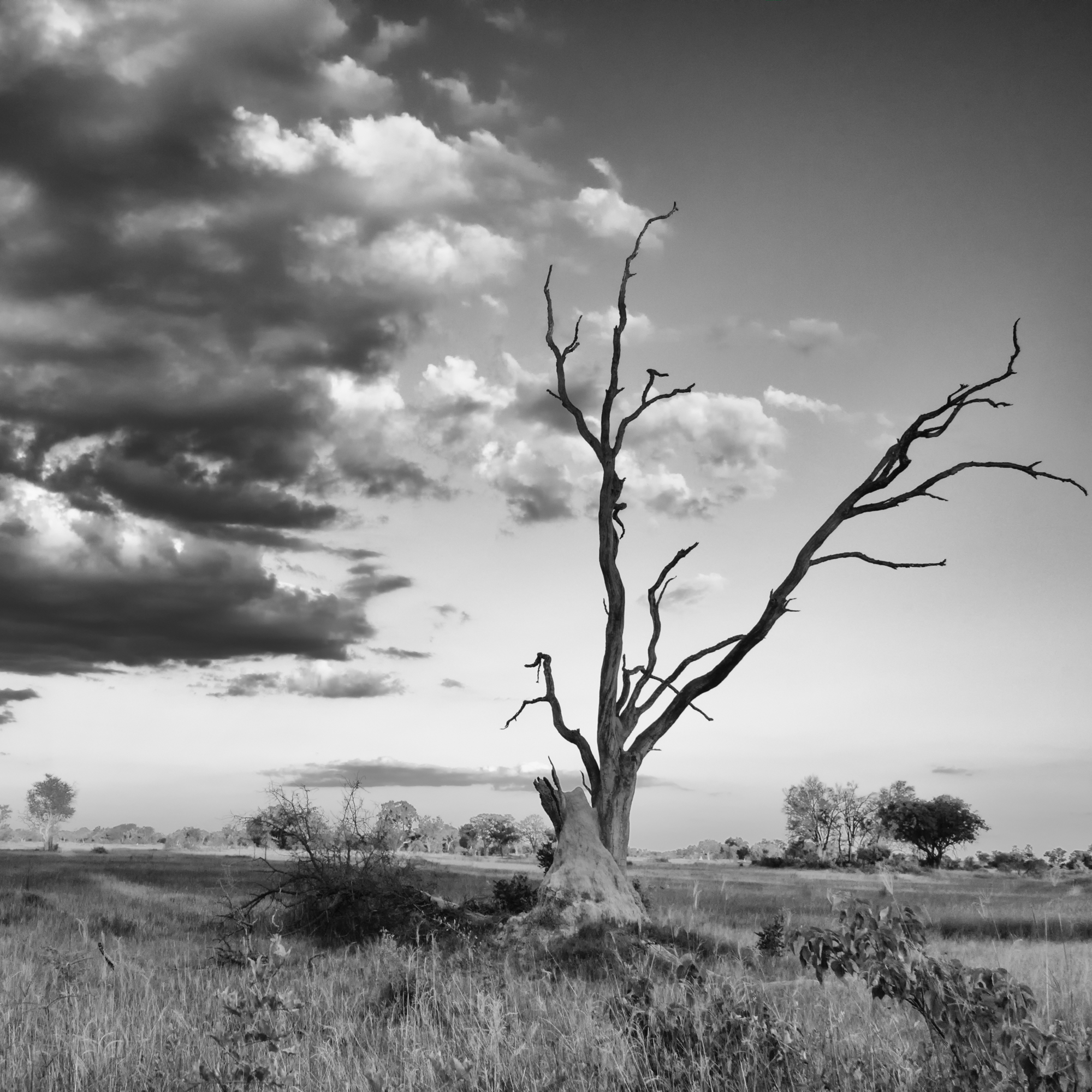I had an email from Fuji a couple of days ago advertising a new version of the free Capture One Express software, and decided to download it and give it a try. Since I can’t go anywhere to take photos, playing around with new software at least gives a different spin to what I have already been looking at for some time.
I’ve been pretty unsettled with my photo workflow; I used Lightroom for years, then switched to On1 Photo Raw, and then switched back to Lightroom. I have other photo software as well, such as Topaz Studio and Luminar, but found that neither suited my purposes as my basic editor, though both have their place as a secondary editor through Photoshop.
I’ve watched a 7 minute quick start video on Capture One and then decided to edit a couple images using that as my starting point, and a couple others from the same area in Lightroom to see what the difference would be. While the Capture One Express lacks some key features such as spot removal and watermarking capabilities, there are other options to do those tasks. What I was really interested in was what software made the images look the best they can. From my very brief test, it looks like it will be worth the time to explore Capture One in much more depth.
These images were all taken at the Potholes on the Panorama Route in South Africa. It’s an area with beautifully red tinted rocks and lots of small waterfalls. We were there just before noon so there were lots of deep shadows in areas and very high contrast.


These next two images weren’t in the exact same area, so there were actual differences in the colour tone of the rocks, it is not just an element of the processing software.


Comparing only two sets of images is definitely not enough to formulate any type of solid opinion on a new (to me) software product, but the results have me really excited to play around and see what I can create. Capture One Express, at first glance, has a much larger selection of Fuji film simulations compared to Lightroom, and I really like the look they give an image to start the editing process. For both of these images, I selected “Film Standard” curve in conjunction with the ICC profile that was pre-loaded for my camera.

